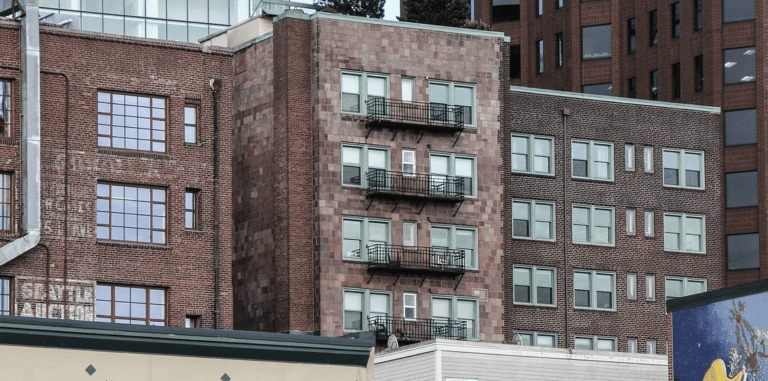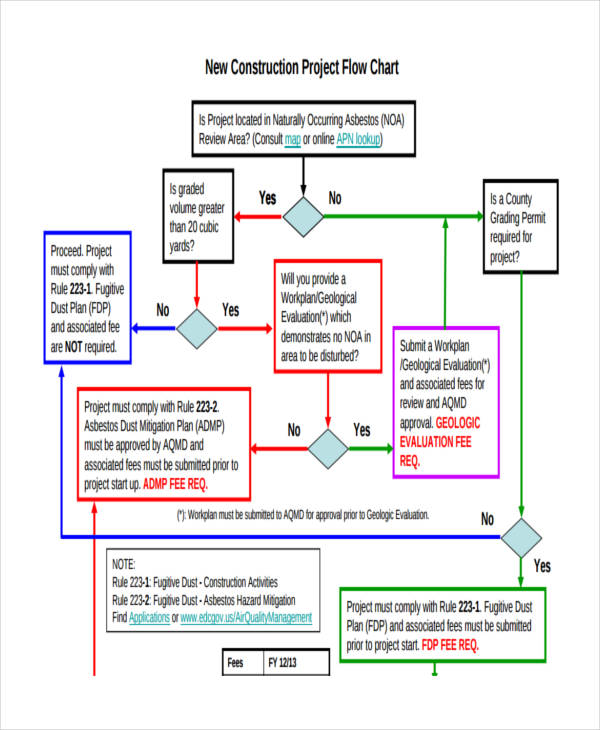Table of Content
- Buying New Home Construction From Builders
- Discover a place you’ll love to live
- Buying a House In Canada: The First Four Steps
- The Pros and Cons of Buying New Construction
- What Is A New Construction Home?
- Con: All builders are not equal
- New Construction Home Sales Are Soaring, but Financing a Purchase Can Be Tricky
Getting a solid estimate before you look at homes will help you understand where you stand financially. If you're buying a completed new construction home, you'll want to make sure you make a competitive offer, since brand new, move-in ready houses are often popular among buyers. A new construction home is a home the buyer is the first to live in, but that can happen in a few different ways. Typically, the further along the home is in the building process when you purchase it (if it’s semi-custom or on-spec, for example), the faster the process should go. On average, building a home can take from three to seven months, depending on size, but it’s not uncommon for it to take nearly a year if any delays happen along the way.

You don’t want to fall in love with a back splash in the model only to find out later that it’s a pricey add-on. Ask for a list of standard and upgraded features, including their costs. You can refine your search on Zillow to show only new construction but don’t stop there.
Buying New Home Construction From Builders
This warranty will state the length of the warranty and how the homeowner should dispute issues. Whether there are simple cosmetic oversights or significant issues with something not being built to code requirements, you’ll want to protect yourself with a home inspection. You also have the option of purchasing a piece of land in an area you like and look for a reputable builder who could build a house on that plot. Property taxes may also be higher in certain counties than in others, which may be a factor worth considering and is one your real estate agent can help you figure out. Spec homes are a great option when you want the never-been-used thrill of a new property, but perhaps do not have several months to wait for a house to be built from scratch. You could opt to skip the home inspection as a negotiating tactic.

Thanks to the pandemic buying frenzy spec homes are hard to find. Alec Hartman, CEO and co-founder of Welcome Homes, an online residential builder, notes that there’s typically a year’s supply of spec-built homes available. That leaves semi-custom and custom-built homes for new construction buyers. Some states use special development districts to finance such capital improvements, and those costs are paid for over time by increased property taxes, Dietz says.
Discover a place you’ll love to live
Therefore, an agent in this situation is able to highlight all the best developments currently on the market and find one best suited to your criteria and needs. In most instances, the builder — and not the borrower — receives money directly from the lender when it is time to, say, lay the foundation, complete the roof or install plumbing. During the so-called draw period, the borrower is only required to make interest payments and only on the money already released. Financing a new construction home is not unlike financing a resale home. A lender cannot close on a new construction home loan until the property is ready for you to move in. That means that you must time your application with the builder’s schedule carefully and hope that they don’t run too far beyond their projected deadline.
They may, however, offer some discounts or financial incentives, so look for those instead of expecting to convince a buyer to lower their price. The experience of building new construction varies among buyers because the policies, skills, and options available vary among builders. We got lucky in that our builder has been constructing housing developments in our area for more than 50 years, and has a great reputation for both reliability and the quality of the homes produced.
Buying a House In Canada: The First Four Steps
Get the details in writing if you’re thinking of upgrading any of the materials or features in a home you’re building or buying. You won’t inherit someone else's worn-out carpeting or have to look at some kid's initials scrawled into once-wet cement. You’ll get a home that’s in line with the latest trends in design and construction, and it should be move-in ready. But there are some downsides and pitfalls involved with buying new home construction directly from the builder. Below are some cons to new construction homes that my clients have expressed in the past.
Less room to negotiate – Individual sellers don’t always know the value of their home, or may need to sell it quickly for personal reasons. In contrast, development companies are familiar with the local property values and are unlikely to sell below market rate. Now that you know how to buy a new-build house, you can decide if it’s the right decision for you.
The Pros and Cons of Buying New Construction
Regardless, we’re always happy to advise you if you’d like to start the conversation ahead of time. New construction homes may seem like an easy option, but they do have their drawbacks. For one thing, mortgages for new construction homes tend to be a little more complicated than their resale counterparts.

Buying a new construction home is an entirely different dynamic than buying a home someone has lived in. You will be buying directly from a builder who has built the home with the sole purpose of selling it for a profit. This builder needs to move to the new home so he can move on to his next project. In order to understand the best strategies for buying new construction, you need to be able to put yourself in the shoes of the builder. The pre-approval happens before you are allowed to go under contract, and again right before closing. Since it is a ~6 month process, you need to be mindful of your spending, credit, and down payment for 6 months!
If you’re looking for a move-in ready home, a spec home is your best option. The type of new home construction determines how fast you can move in. If you’re buying a spec home or one already built and available for sale, you can often move in when the closing paperwork is complete.
Your new home may still be under construction when you sign the contract. You’ll need to provide a deposit (from a few thousand dollars to 10 percent of the home’s price) so make sure your agent explains the contract. You will need to know if and when you can get your deposit refunded; your agent can make sure a review period is written into the contract. The contract should include a specific completion date, but know that many builders have provisions that allow for some wiggle room in case materials or permits cause delays. You want to know who you’re putting your money behind, so go online to read reviews of builders.
COs are required by most local governments before you are legally allowed to move in and for a mortgage lender to close on your new construction loan. They’re usually performed by a local inspector after a thorough walkthrough of the home. If your home doesn’t pass the inspection, you will likely have a window of time to correct the outstanding issues. A spec home may be an excellent option if you want a new home now that’s move-in ready. Since spec homes are already built, you won’t have to wait months for the construction process to finish.
So you’re almost ready to pull the trigger on a new home and you’re wondering what’s covered in the warranty. Typically builders will have a home warranty they can give you however it’s not uncommon for a builder to have a third party involved in a home warranty. You want a Realtor® representing you during negotiations for your new construction home. You might think that by cutting out a Realtor® you’ll receive a better price, however, builders are highly unlikely to budge on price. This is why you need an expert to work for you during negotiations. Someone who knows the ins and outs of securing you the best deal possible.

No comments:
Post a Comment